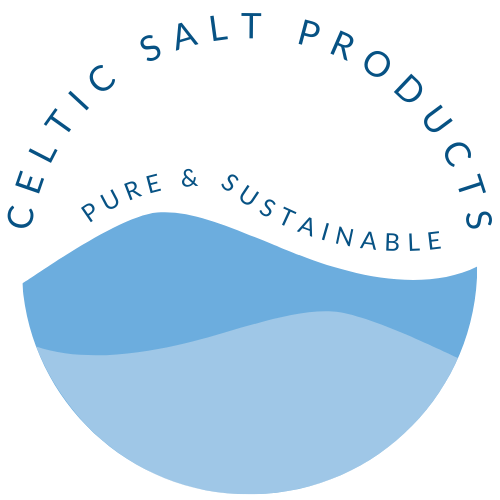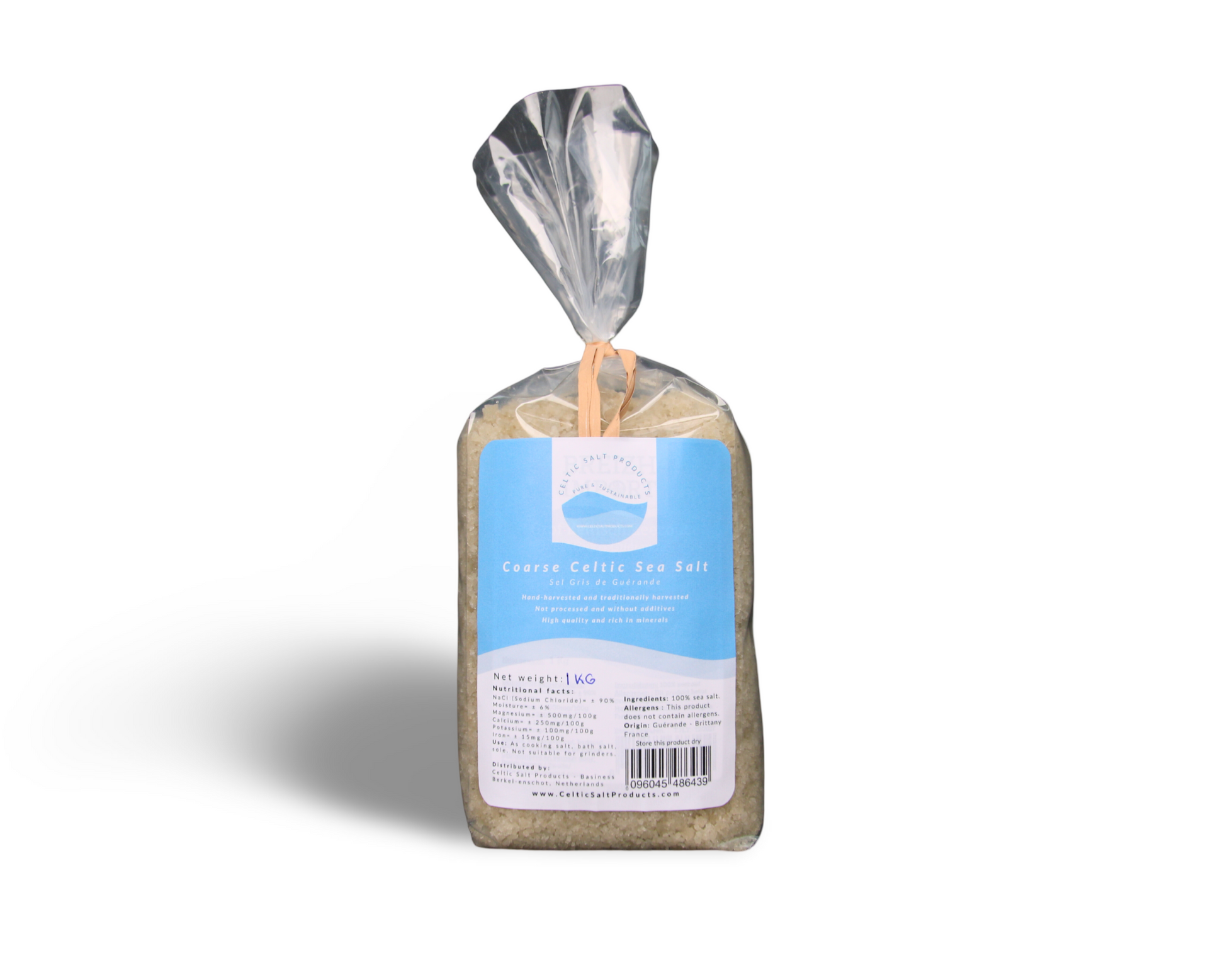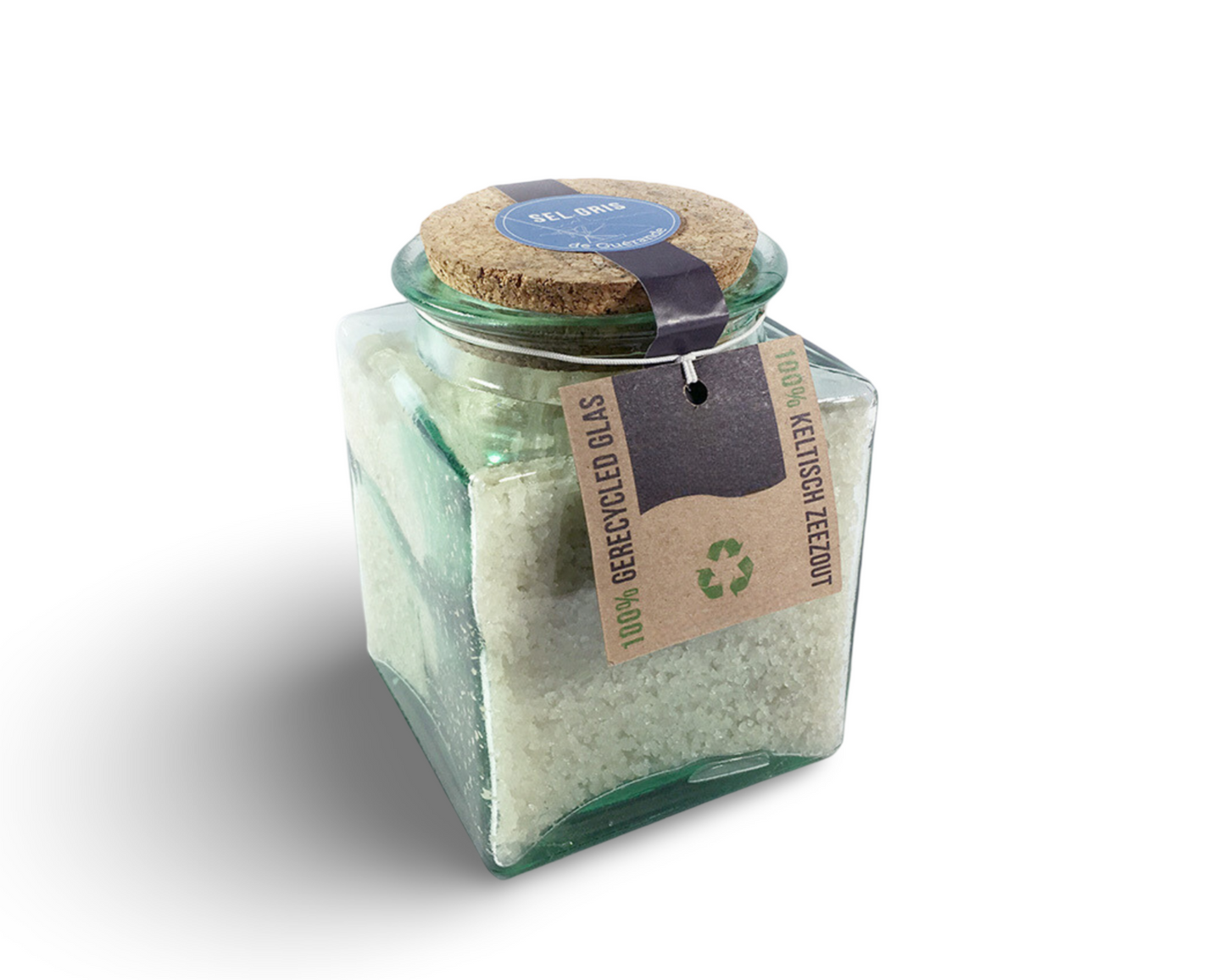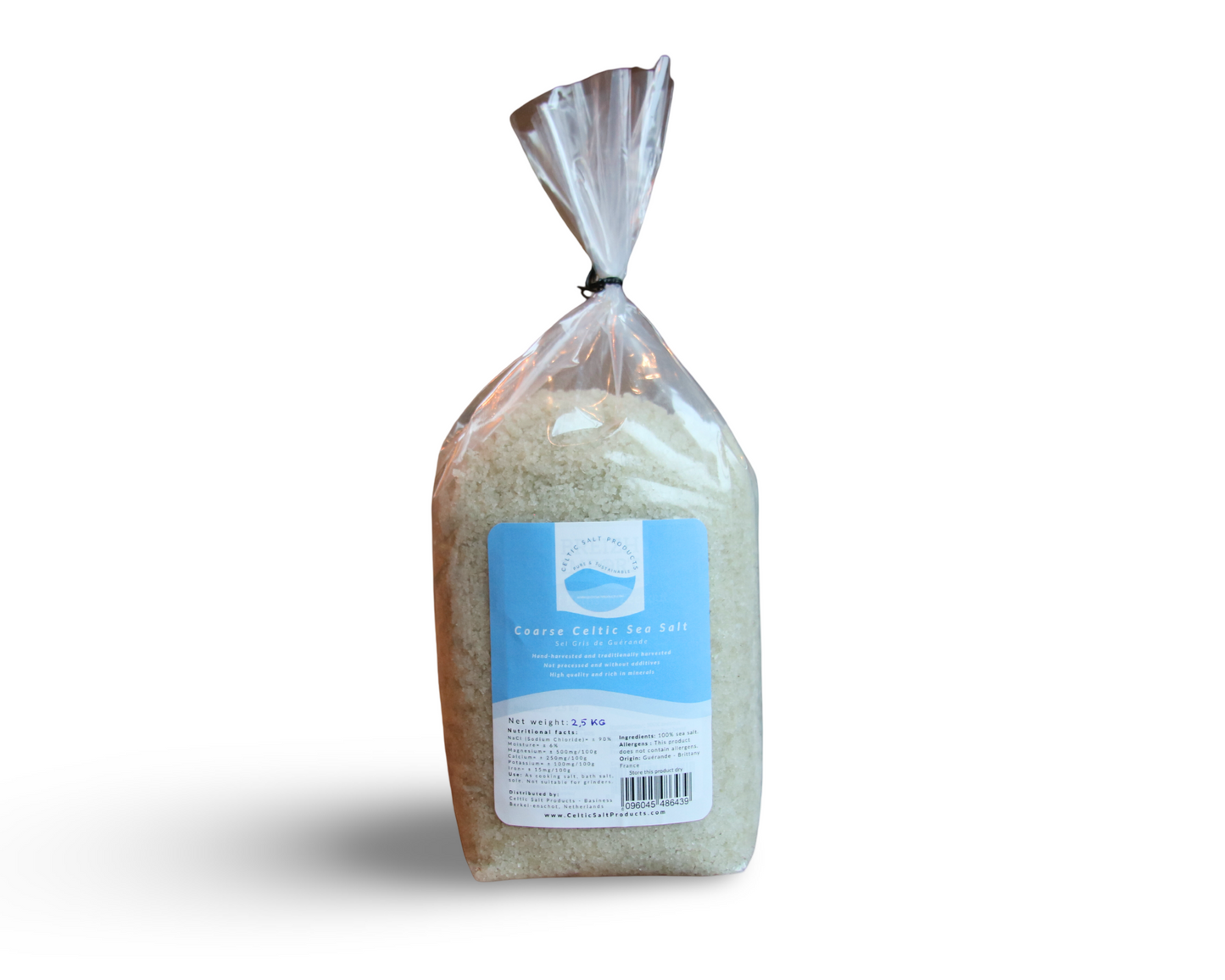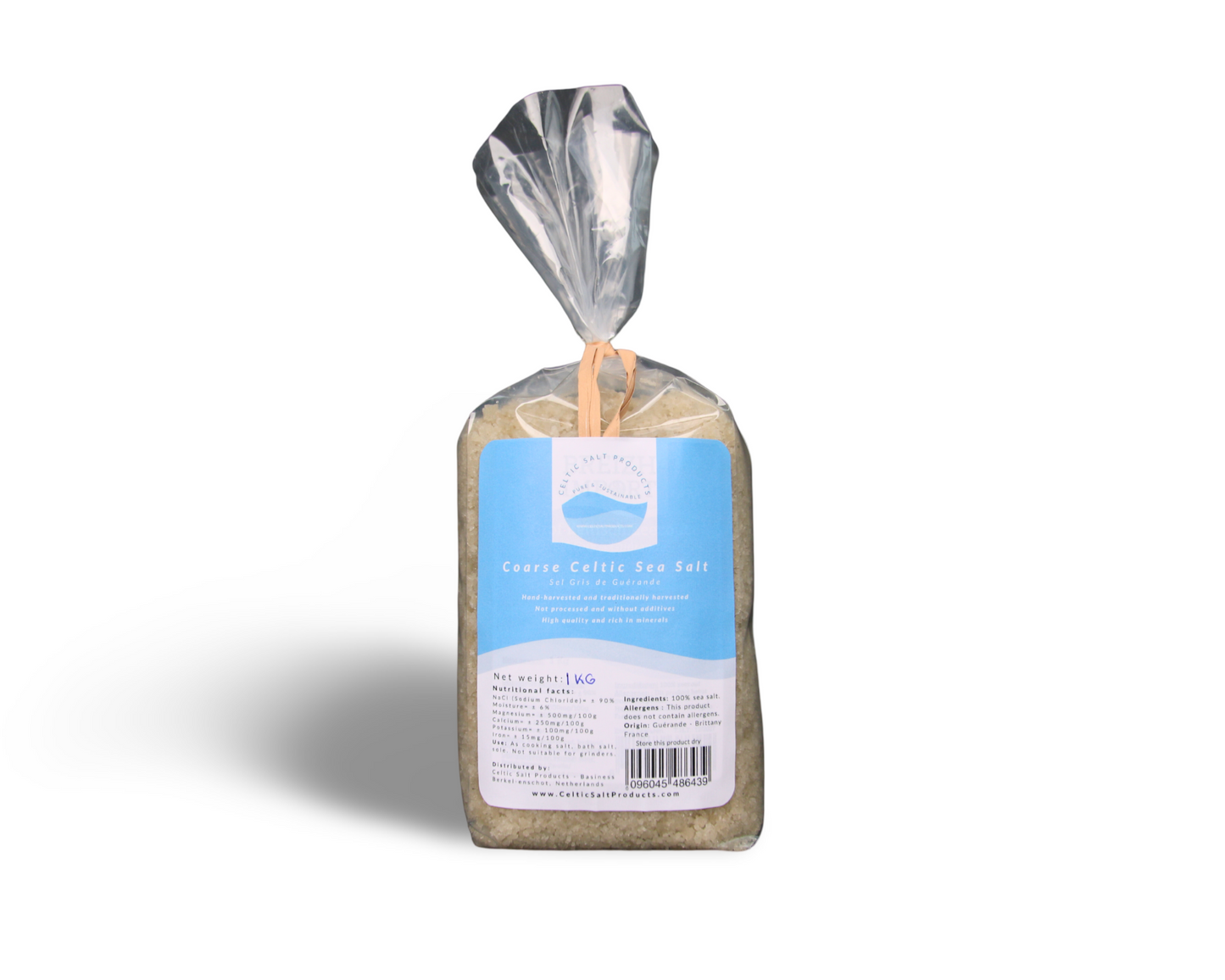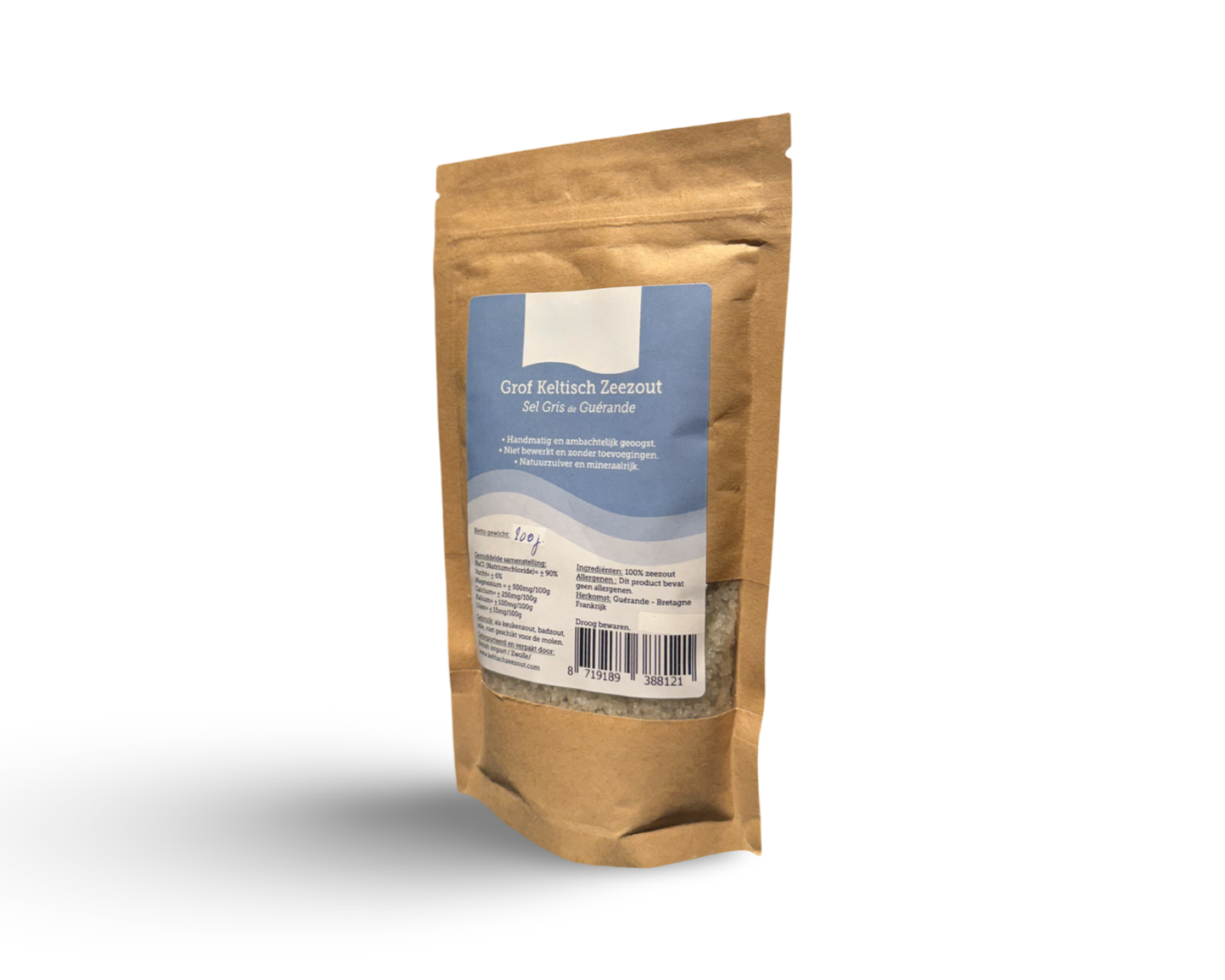Exploring the process of "How Celtic salt is made" reveals the traditional and natural methods used in its production. Celtic salt, particularly known for its rich mineral content and unique flavor, is harvested in a way that maintains its natural properties and health benefits. This blog post delves into the traditional methods of making Celtic salt.
Traditional Harvesting Methods
Celtic salt is primarily harvested from the coastal regions of Brittany, France. The process is steeped in tradition and is largely done by hand, reflecting centuries-old techniques.
-
Gathering Seawater: The process begins with collecting seawater in shallow clay ponds. This method is crucial as the quality of the seawater directly affects the final product.
-
Solar and Wind Evaporation: Once the seawater is in the clay ponds, it's left to evaporate under the sun and wind. This natural evaporation process is essential for concentrating the salt.
-
Mineral-Rich Clay Ponds: The clay in the salt ponds imparts additional minerals to the salt, contributing to its distinctive grey color and mineral-rich profile.
-
Hand-Harvesting: After the evaporation process, salt gatherers, known as paludiers, hand-harvest the salt. This method ensures the preservation of the salt's natural state and texture.
-
Drying: The harvested salt is then allowed to dry, further concentrating its minerals and flavor.
The Result - A Natural and Unrefined Product
The result of this traditional process is a completely natural, unrefined salt that retains all its trace minerals and nutrients, which are often lost in more industrialized salt production methods.
Environmental Impact
The traditional methods used in the production of Celtic salt also have a lower environmental impact compared to more industrialized salt production. The process is sustainable, ensuring the longevity of the natural salt marshes and their ecosystems.
Conclusion
Understanding "How Celtic salt is made" highlights the importance of traditional, sustainable practices in producing a natural and healthful product. The traditional methods not only preserve the unique qualities of the salt but also support the environment.
